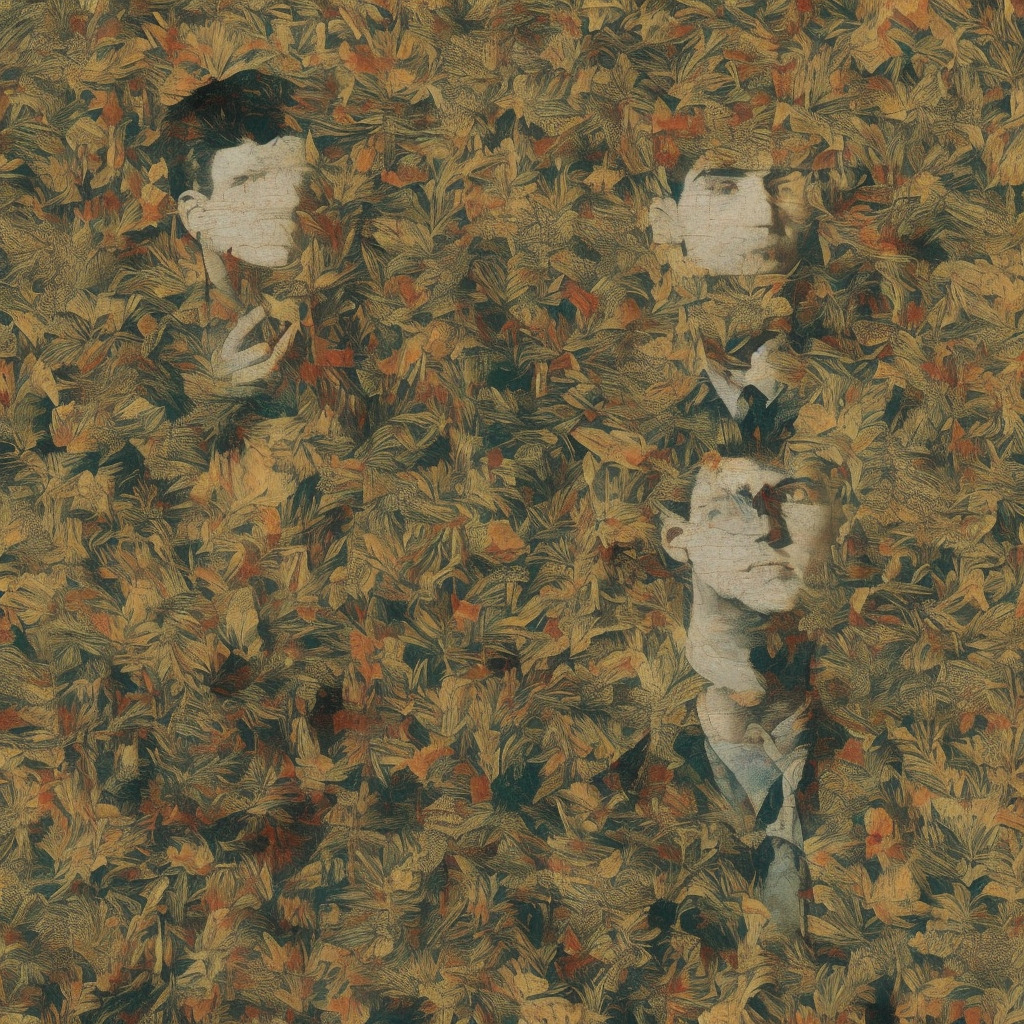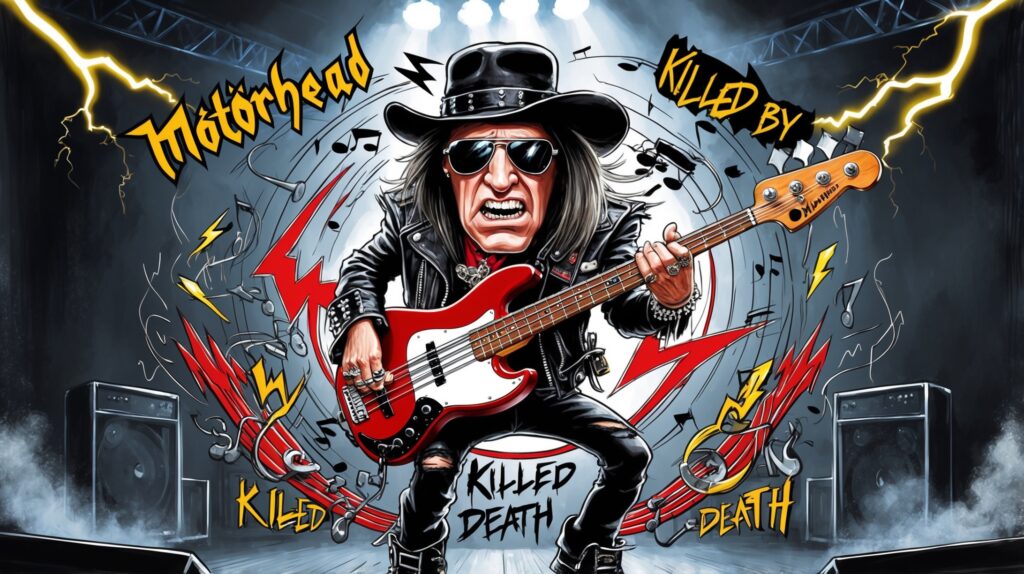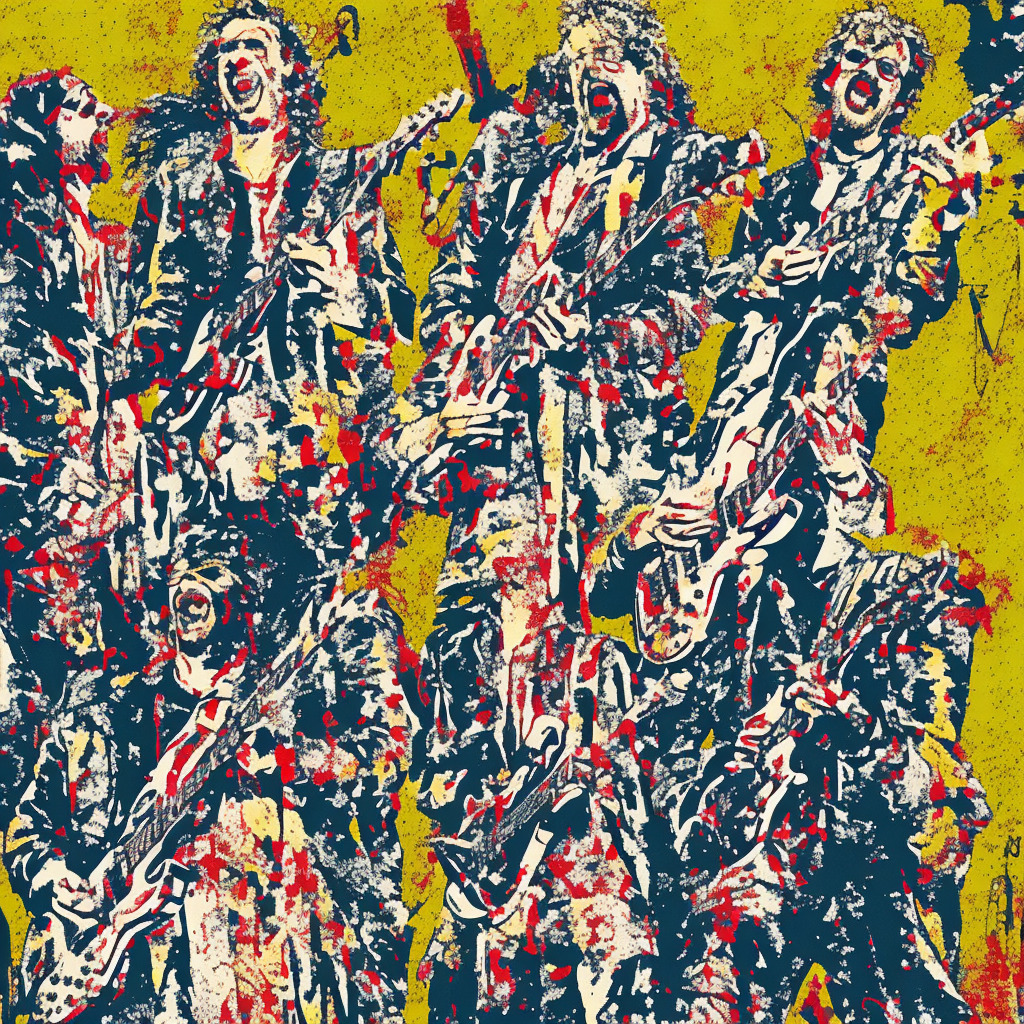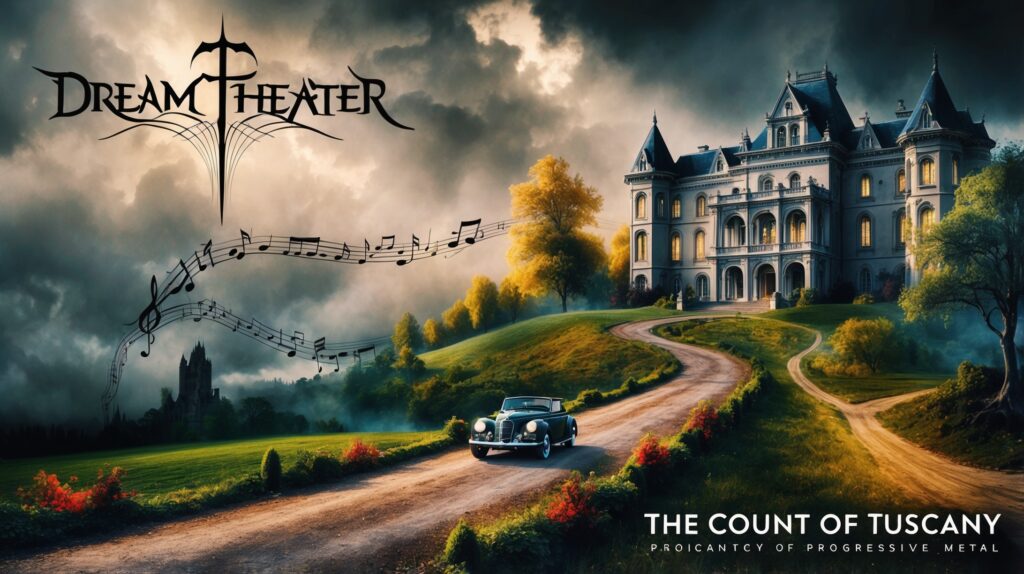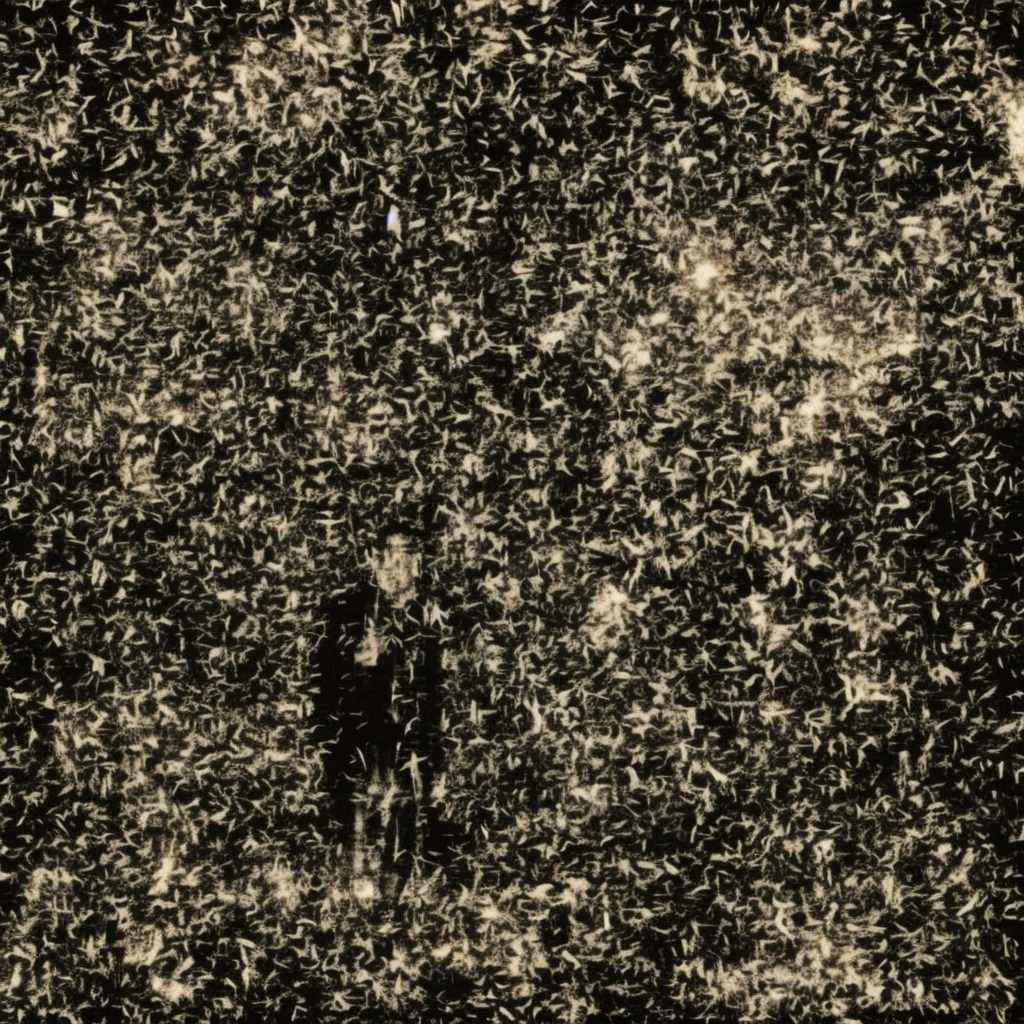? Did you know? “The Boy with the Thorn in His Side” was penned by #Morrissey in just two hours! ⏱️ Dive into the emotional rollercoaster of one of #TheSmiths’ finest tunes! ?? #FunFact #MusicTrivia #NowPlaying Read about it: tinyurl.com/ydf9je3y
Delving Deep into the Melancholic Layers of The Smiths
“Exploring the raw vulnerability and atmospheric soundscapes of The Smiths’ hauntingly beautiful hit, ‘The Boy with the Thorn in His Side.'”

When it comes to defining the alternative rock scene of the 1980s, few bands hold as much significance and influence as The Smiths. The iconic quartet, formed in Manchester in 1982, consisted of the enigmatic Morrissey on vocals, the innovative Johnny Marr on guitar, the steadfast Andy Rourke on bass, and the powerful Mike Joyce on drums. Together, they dominated the British indie music scene with their distinctive sound and poetic lyrics that addressed themes of social detachment, introspection, and melancholy.
One of the standout tracks from their rich discography is the introspective and hauntingly beautiful “The Boy with the Thorn in His Side.” Released in 1985 as the third single from their seminal album “The Queen Is Dead,” the song has always been a fan favorite and critical darling, showcasing the band’s musical prowess, Morrissey’s unique voice, and Marr’s intricate guitar work.
While their other songs often dwelled on themes of despair and alienation, “The Boy with the Thorn in His Side” features a more introspective look at the internal battles and pursuit of validation. The vulnerability of the lyrics, paired with the atmospheric instrumentation, creates a unique sonic experience that resonates with the listener on a deeply personal level.
However, it must be noted that The Smiths were not without controversy. The band’s sometimes polarizing public image, primarily led by Morrissey’s outspoken nature and provocative statements, often overshadowed their music. This has created a divisive relationship with both critics and fans throughout the years.
Despite the controversies, The Smiths have received numerous accolades in the music world. They have been described as one of the most important bands to emerge from the British independent music scene of the 1980s. In 2003, they secured the number 22 spot on Rolling Stone’s list of The 100 Greatest Artists of All Time.
From their formation in 1982 to their disbandment in 1987, The Smiths managed to leave an indelible mark on the music industry that continues to be celebrated and revered by fans and critics alike. “The Boy with the Thorn in His Side” stands as a testament to the band’s ability to captivate audiences with their poetic, melancholic, and musically rich songs.
Charting the Journey of an Iconic Track
From its ’85 debut to its 2000s resurgence, “The Boy with the Thorn in His Side” charts the timeless legacy of The Smiths and their iconic musical prowess.

“The Boy with the Thorn in His Side” was released on September 16, 1985, as the third single from The Smiths’ critically acclaimed second studio album, “Meat Is Murder.” While the track itself is a testament to the band’s unique songwriting prowess and musical depth, its performance on the charts is an equally fascinating story.
Upon its initial release, “The Boy with the Thorn in His Side” found a welcoming audience in the United Kingdom, where it debuted at number 37 on the UK Singles Chart on September 29, 1985. This marked a respectable start for the song, which continued to climb the charts over the coming weeks. The track eventually peaked at number 23 on October 13, 1985, spending a total of seven weeks on the UK chart.
Though The Smiths’ music was not as mainstream in the United States, “The Boy with the Thorn in His Side” still managed to make an impression. The track debuted at number 27 on the US Rock Tracks Chart and ultimately peaked at number 18 during its five-week run on the chart.
Interestingly, The Smiths’ enduring popularity and influence resulted in a resurgence of interest in their music in the early 2000s. Consequently, “The Boy with the Thorn in His Side” re-entered the UK Singles Chart in 2008, peaking at number 91 in its second stint on the charts.
While “The Boy with the Thorn in His Side” may not have been a chart-topping hit, it remains a significant part of The Smiths’ legacy as a band. Its chart performance is a testament to the song’s enduring appeal, which continues to resonate with fans old and new alike.
Dissecting the Poetic Depths of Morrissey’s Lyrics
The boy with the thorn in his side
Behind the hatred there lies
A murderous desire for love
How can they look into my eyes
And still they don’t believe me?
How can they hear me say those words
Still they don’t believe me?
And if they don’t believe me now
Will they ever believe me?
And if they don’t believe me now
Will they ever, they ever, believe me?
Oh…
The boy with the thorn in his side
Behind the hatred there lies
A plundering desire for love
How can they see the love in our eyes
And still they don’t believe us?
And after all this time
They don’t want to believe us
And if they don’t believe us now
Will they ever believe us?
And when you want to live
How do you start?
Where do you go?
Who do you need to know?
“The Boy with the Thorn in His Side,” released in 1985, showcases The Smiths’ poetic and introspective lyrics, penned by their lead singer, Morrissey. The lyrics tell the tale of a boy who struggles with the torment of feeling misunderstood and unaccepted, despite his vulnerability and desire for love.
As we dive into the meaning of the lyrics, it is important to consider the sociopolitical climate of the time. In the mid-80s, the conservative political landscape, spearheaded by leaders like Margaret Thatcher and Ronald Reagan, created a strong sense of disillusionment among the youth. This resulted in the rise of alternative music and culture as a form of rebellion and self-expression. The Smiths were a significant part of this movement, with their poignant lyrics resonating with the emotions of the disaffected youth.
The song’s protagonist, “the boy with the thorn in his side,” is symbolic of the young people who felt alienated and ostracized in the restrictive era. The “thorn” represents the pain and suffering that the boy experiences due to his inability to be understood and accepted. The lines “How can they look into my eyes / And still they don’t believe me?” and “How can they see the love in our eyes / And still they don’t believe us?” emphasize the struggle faced by the protagonist and others like him.
The song also touches upon the pervasive longing for love and acceptance, evident in the lines “Behind the hatred there lies / A murderous desire for love” and “A plundering desire for love.” The term “murderous” implies a desperate yearning for love that can manifest in destructive ways.
As we reflect on the lyrics of “The Boy with the Thorn in His Side,” it becomes clear that the song encapsulates the feelings of isolation, yearning for love, and the struggle for acceptance that defined the spirit of the time. It serves as a powerful reminder of the importance of empathy, understanding, and the human connection that we all seek, regardless of the era we live in.
A Visual Ode to The Boy with the Thorn in His Side
Diving into the visual legacy of The Smiths’ timeless classic “The Boy with the Thorn in His Side,” fans have crafted an array of creative tributes, from striking black and white portraits to minimalist animations, proving its enduring impact on indie music.
From the moment it was released in 1985, The Smiths’ “The Boy with the Thorn in His Side” became an instant classic. While the original single didn’t come with an official music video, the song’s impact in the world of indie music has led to a range of fan-made visual creations and tributes.
One notable fan-made video that gained popularity on YouTube was directed by the talented David Mould. In this artful rendering, Mould incorporates live performance footage of The Smiths intercut with black and white portraits of the band members, as well as a series of seemingly unrelated yet visually striking images. These artistic choices seem to resonate with the song’s themes of love, loneliness, and an unwavering determination to be heard.
Another fan video worth mentioning is the one created by YouTube user “NamelessGhoulMask”. This version is a minimalistic, yet deeply expressive animation that conveys the song’s narrative using simple line drawings. The video progresses through a series of frames, each illustrating the lyrics and the emotional turmoil experienced by the protagonist. The raw, hand-drawn quality of the visuals lends a vulnerability to the video that perfectly complements the song’s delicate and heartfelt nature.
Some fan videos choose to take a more playful approach. For instance, a popular video by YouTube user “LeggsTooShort” incorporates clips from the 1960s television show “The Avengers” starring Patrick Macnee and Diana Rigg. The creator skillfully synchronizes the video montage to the rhythm of the song, creating a captivating and nostalgic experience for the viewers.
Additionally, the song has been used in various movie soundtracks, most notably in the 2017 film “England Is Mine”, a biographical drama about The Smiths’ lead singer Morrissey. The inclusion of “The Boy with the Thorn in His Side” in the film serves as a testament to the song’s enduring impact and its significance in the history of British indie music.
In conclusion, although “The Boy with the Thorn in His Side” never had an official music video, the song has inspired a wealth of fan-made creations that explore different visual interpretations of this timeless classic. The continued fascination with this song and the abundance of tribute videos only prove that The Smiths’ music continues to captivate and inspire new generations of listeners.
The Mastermind Behind the Music: Johnny Marr
Fans of The Smiths know that their iconic sound comes from the musical prowess of Johnny Marr, the incredibly talented guitarist and composer behind hits like “The Boy with the Thorn in His Side.” Marr’s innovative guitar work and unique musical vision have made him a standout figure in the world of alternative rock. Apart from his work with The Smiths, Marr has contributed to other notable songs and collaborations. His guitar work on “How Soon Is Now?” and “There Is a Light That Never Goes Out” showcases his ability to weave intricate melodies and create unforgettable sonic landscapes. In addition to his extensive discography with The Smiths, Marr has also collaborated with artists like Modest Mouse, The Cribs, and Electronic, proving his versatility and commitment to pushing the boundaries of modern music.
From Awards to Covers: An Everlasting Legacy
“The Boy with the Thorn in His Side”: The Smiths’ indie anthem transcending time through awards, media, and inspiring covers.
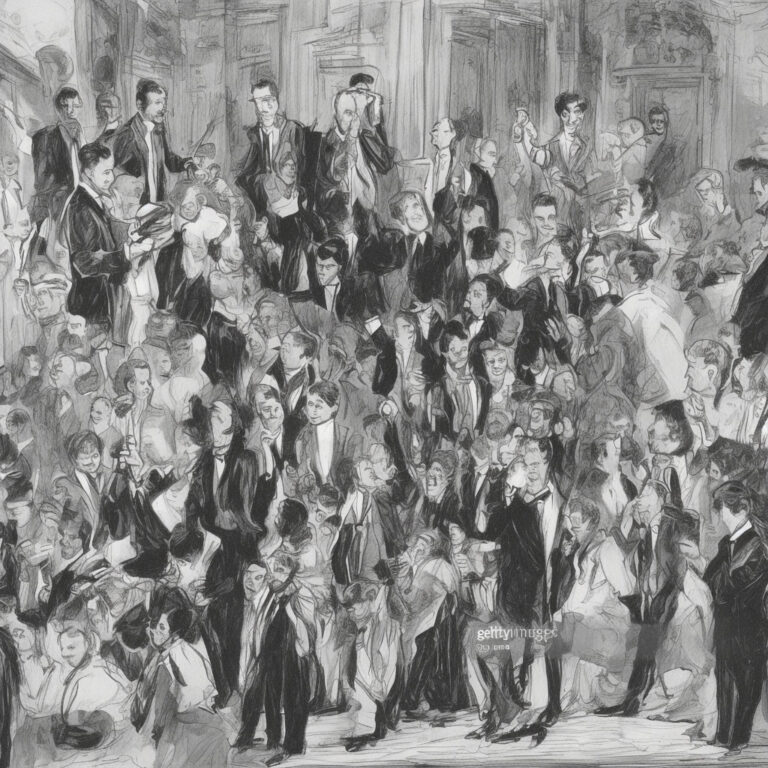
Since its release in September 1985, “The Boy with the Thorn in His Side” has received recognition and accolades, as well as being featured in various forms of media. The song, taken from The Smiths’ third studio album “The Queen Is Dead,” reached number 23 on the UK Singles Chart and topped the UK Indie Chart, further solidifying the band’s status as one of the pioneers of the indie rock scene.
The enduring influence of “The Boy with the Thorn in His Side” is apparent in its numerous appearances in movies, TV shows, and video games over the years. For instance, it has been featured in popular TV series such as “Black Mirror” in the 2016 episode “San Junipero,” and the 2018 film “Love, Simon,” where it plays a role in the progression of the storyline. Additionally, the song has made a mark in the gaming world, making an appearance in the 2012 video game “Sleeping Dogs.”
“The Boy with the Thorn in His Side” has inspired a plethora of artists to pay homage with their own renditions of the song. Notably, in 1995, Scottish alternative rock band The Trash Can Sinatras released their version as a B-side to their single “Twisted and Bent.” More recently, American indie band Jeff Buckley recorded a cover which was posthumously released on the 2016 compilation album “You and I.” Other upcoming indie artists have taken up the challenge to put their own spin on this iconic track, a testament to the song’s timeless and universal appeal.
In conclusion, “The Boy with the Thorn in His Side” has left an indelible mark on the music industry and popular culture with its accolades, media appearances, and the numerous cover versions it has inspired. The song’s legacy seems destined to continue growing, as new generations of fans and artists alike appreciate and reinterpret the timeless classic, ultimately solidifying The Smiths’ status as a seminal influence in the world of indie rock.
Dissecting the Musical Anatomy
Diving into the musical structure of this iconic track, “The Boy with the Thorn in His Side” is written in the key of E Major. The chord progression is relatively simple, with the main structure consisting of E, A, and B major chords throughout the song. This simplicity creates a solid foundation for the song’s intricate layering of instruments and Morrissey’s unique vocals.
One of the most defining elements of the song is the tempo, which is set at a lively 166 BPM (beats per minute). This uptempo beat lends itself well to the driving drums and energetic bass line that underpin the song. The rhythm section creates a strong backbone, allowing the guitars to weave their melodic magic on top.
In terms of instrumentation, Johnny Marr’s guitar work is a standout feature. The jangly, arpeggiated guitar riff that opens the track quickly became synonymous with The Smiths’ signature sound. The intricate guitar picking style employed by Marr complements the melodic bass line, creating a lush soundscape that envelops the listener.
As the song progresses, the use of dynamics plays an essential role in maintaining its emotional impact. The verses follow a relatively subdued pattern, with Marr’s guitar providing subtle fills and embellishments over the steady rhythm section. This understated arrangement allows Morrissey’s vocals to take center stage, delivering his poignant lyrics with raw emotion. As the chorus approaches, the band seamlessly transitions into a more aggressive and powerful arrangement, elevating the emotional intensity before returning to the softer verse structure.
Another noteworthy aspect of the song’s structure is its use of harmony. The Smiths have a penchant for layering vocal harmonies to create a sense of depth and complexity in their music, and “The Boy with the Thorn in His Side” is no exception. The backing vocal harmonies, often provided by bassist Andy Rourke and guitarist Johnny Marr, lend an ethereal quality to the song, enhancing Morrissey’s lead vocal line and adding a layer of sophistication to the overall composition.
In conclusion, “The Boy with the Thorn in His Side” masterfully showcases The Smiths’ ability to craft a catchy and emotionally resonant song while maintaining a relatively simple musical structure. The dynamic interplay between the rhythm section, guitars, and vocals creates a rich sonic tapestry that continues to captivate listeners decades after its release.

